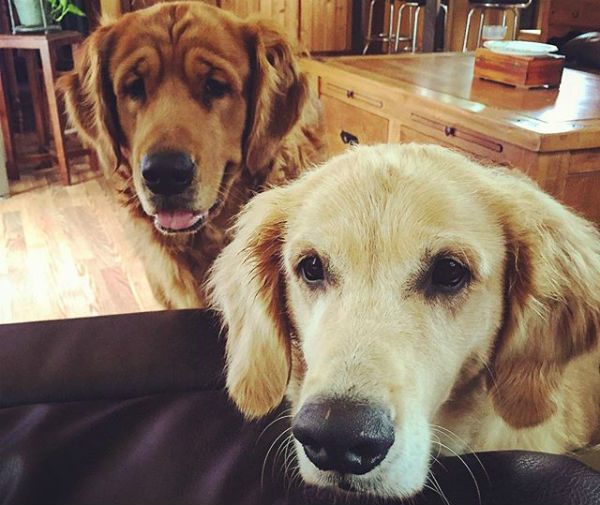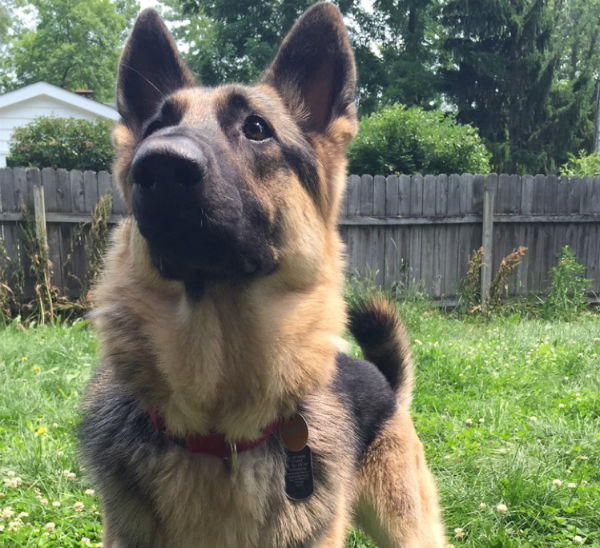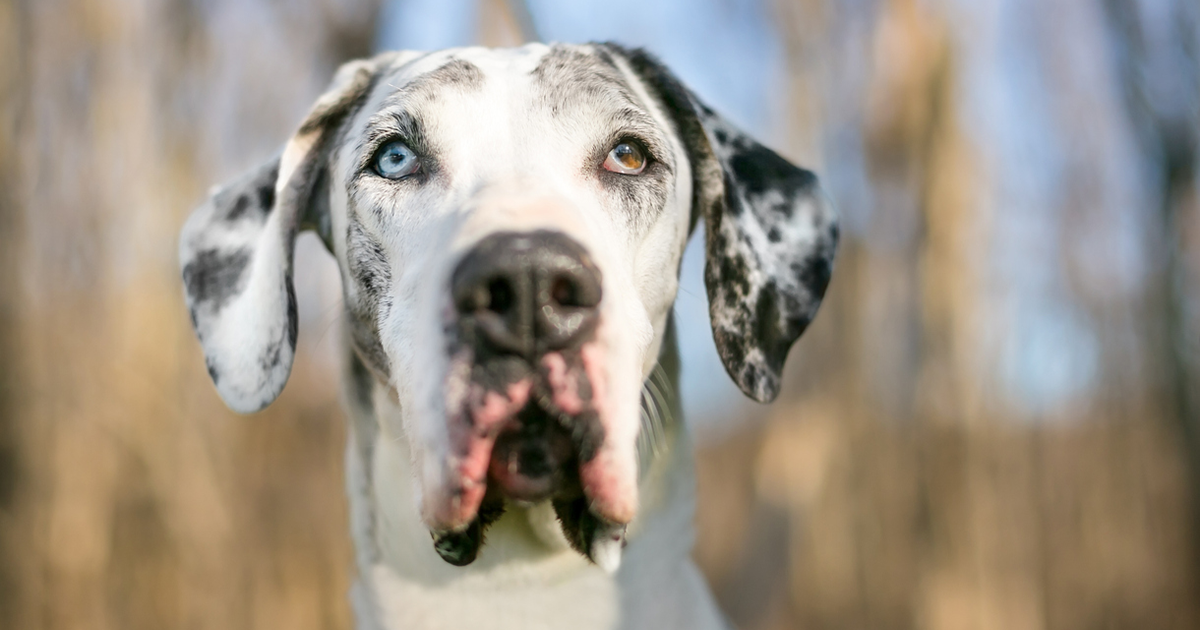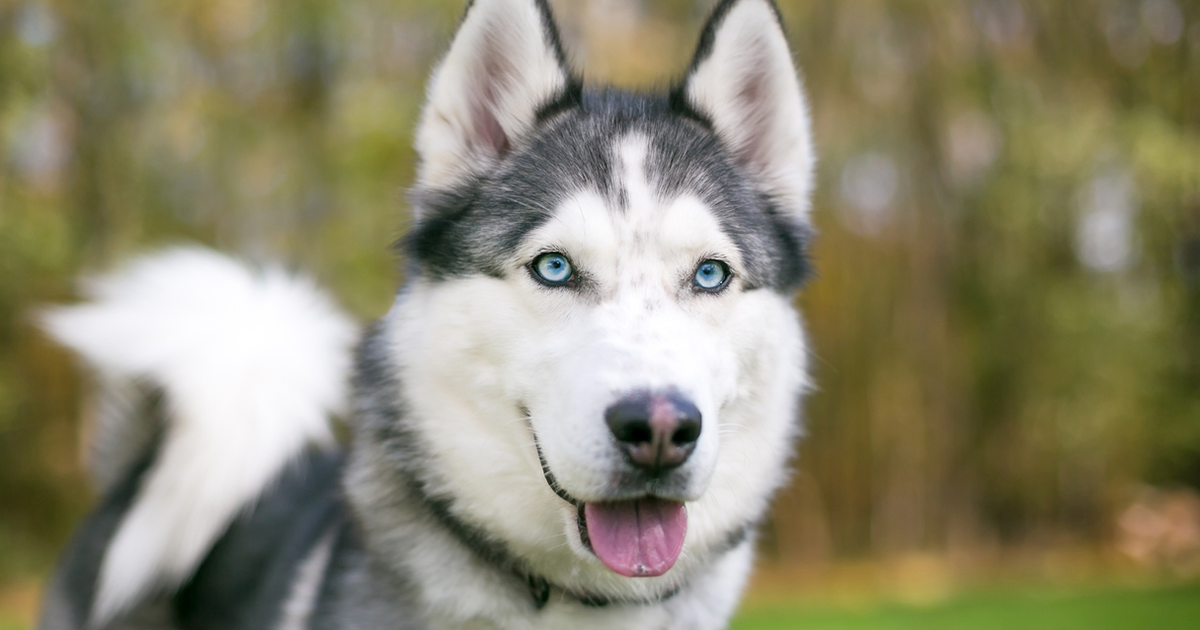This post is paw-wered by our pals over at Royal Canin who want to spread the word about how you can find just the right food to fit your breed’s needs! For a limited time, check out how they work with vets, pet professionals, and dog pup parents themselves to create scientifically pawfect and nutrient-rich meals for your dog’s specific breed!
I’m hesitant to admit, though I do it quite often, that I decide on a new “favorite” dog breed literally every other week. A month ago I adored Italian Mastiffs, but decided I wouldn’t bode well with the drool. A week later I was all about Dalmatians, but their activity levels don’t really fit my busy lifestyle.
Today, I’m partial to German Shepherds. A girl can dream. There are ENDLESS breeds to choose from, and it takes a good bit of research to make a confident decision. A dog is for life, and you need to know them inside and out to nail down the type of food that fits their needs. When you decide it’s time to welcome a new friend into your home, consider these popular dog breeds and their predispositions when picking a bag of food from the shelf.
1. Bulldog
Those deep wrinkles around the face and tail may seem oh-so-squishable, but constant rubbing and moisture accumulation mean frequent bouts of dermatitis, or skin inflammation. The Bulldog is one of the top breeds that suffer from these types of skin issues, and daily grooming and cleaning is not all they require to stay free of irritation. These stocky pups would benefit from a diet that helps keep their skin tough and in excellent health.
2. Golden Retriever
The breed well-known for its gentle nature and reputation as a fantastic family dog is also prone to several unfortunate health issues. More commonly, Goldies develop hip dysplasia, where the head of the thigh bone no longer fits properly in the hip socket. A poor diet will only contribute to inadequate joint growth as well as development of the surrounding joint cartilage.
3. Beagle
This mighty little powerhouse, once bred to hunt rabbits, has developed a Great Dane-sized appetite to help them keep up with their energy levels. If pup parents are not careful, the Beagle will easily gain extra weight causing additional stress on their joints. A diet formulated with an appropriate, lower calorie count will help keep these spunky pups light on their toes and spare their joints the added pounds.
4. Cocker Spaniel
While these super model-esque dogs look gorgeous with their fur blowing in the wind, the genes that pass these traits along sometimes take other issues with them. Many dogs experience eye problems as they grow older, but Cockers are especially prone.
Cataracts, glaucoma, and dry eye are fairly common, the latter leaving the possibility for infection if not treated properly. Though surgery may help more severe cases, until diet—as the basis of good health—is addressed, their eyes will never be at their best.
5. Dachshund
Famously hilarious for their stumpy legs, hot dog bodies, and adorable personalities, Dachshunds don’t rule the world without some complications. Because of the length of their spines, the vertebrae and joints are subject to added stress, especially if owners allow them to become overweight.
Foods designed to help muscles remain strong and discourage weight gain (such as those with a low calorie count and proper protein levels) will support a Doxie’s health throughout his lifetime, diminishing the risk of back or leg injuries.
6. German Shepherd
Affectionately known as “German shedders,” this working breed is often victim to stomach sensitivities. They are most certainly not dogs you should be sneaking scraps to under the table. Why? Because they can be prone to tummy aches and issues like chronic diarrhea, inflammatory bowel disease, and gastroenteritis (inflammation of the stomach and intestines).
In fact, many Shepherd breeds are known to experience upset tummies, often as a result of food sensitivities. Highly digestible nutrients are a must, and an appropriate diet will encourage proper functioning of the microorganisms found in the digestive tract.
7. Labrador Retriever
No matter the task—whether it be a game of fetch at the lake or a lifetime of service dog duty—the Labrador gives it all he’s got. Unfortunately, Labs have a high tendency to become overweight, and it doesn’t help that those sweet faces make you feel extra guilty for not giving them an extra treat.
While all that activity forces the joints to work harder, even an extra five pounds will make the situation worse. Remember: obesity in dogs is a man-made problem. With disciplined feedings and a low-cal formula, you’ll have your Lab at top performance levels for many years.
8. Boxer
If you enjoy jogging, hiking, or being active in any way under the sun, the Boxer is your guy. An unbelievably physical breed, this goofy pup will not tolerate weight-gain. They must maintain their exceptional muscle mass to protect their hips and elbows, and to keep you moving on that morning run.
Like a few other large breeds, the Boxer is also at risk for heart issues. How to help? Support their health at the source with a higher protein diet and cardiac-supporting nutrients.
9. Chihuahua
You might not expect it of the smallest breed on the planet, but Chihuahuas are especially prone to arthritis, particularly in the knees. If an ideal body weight is not maintained (I know, it’s hard to stop shoving treats in their face), even a couple of extra pounds will cause joint strain.
Keep your paws off the cookie jar and help your pup do the same: for a dog, a healthy diet is only as effective as their parent allows it to be. That means giving them what they need, and not what you want, in appropriate portions. Vive la (appropriately-sized) Chihuahua!
Most importantly, when hunting for a new pup make sure to do plenty of research on the breed and what to feed him/her as you embark on your new life together.
For food that is scientifically formulated to be pawfect for your pup’s breed, check out Royal Canin and for a limited time, download their coupon to save on any purchase through their website.

















